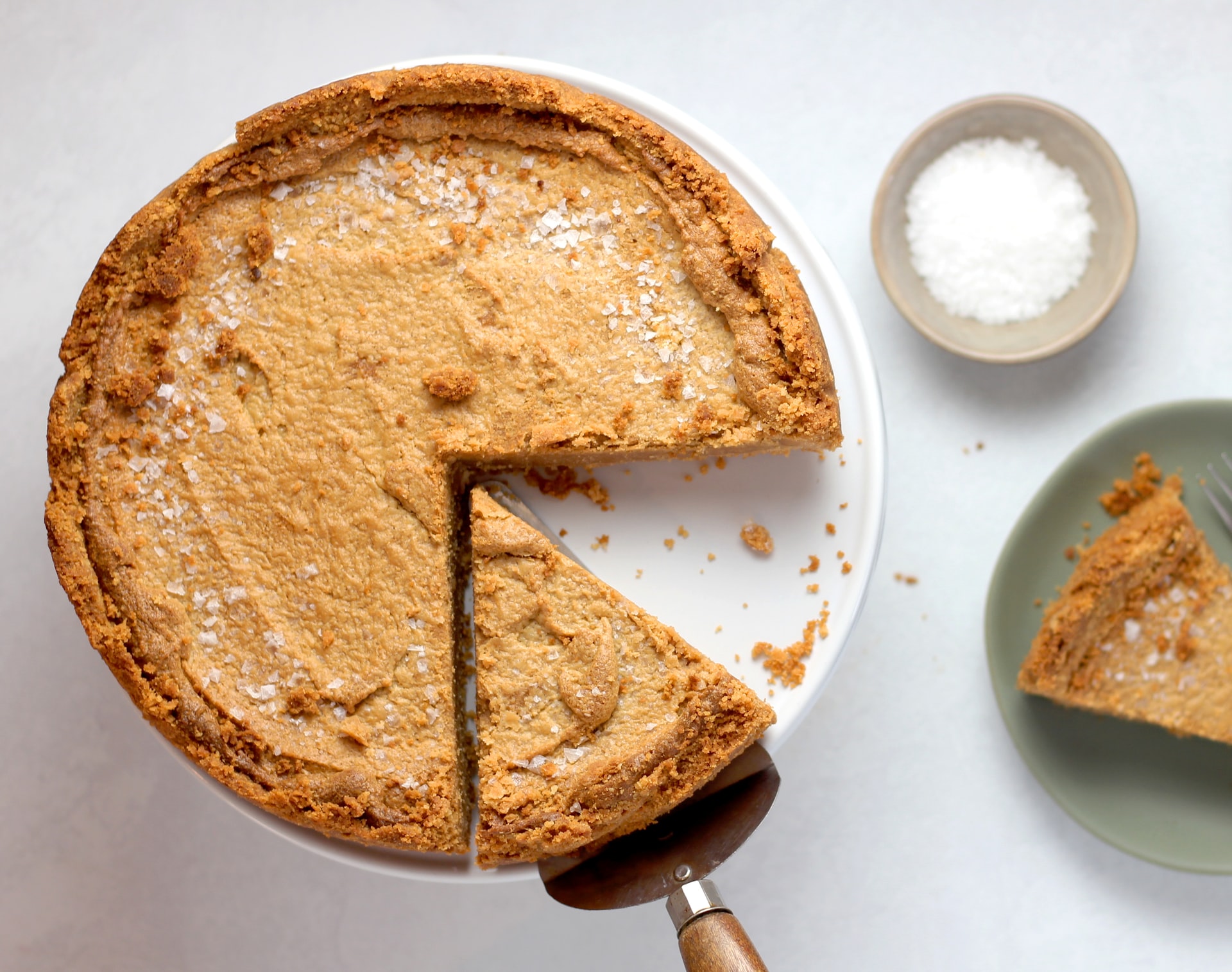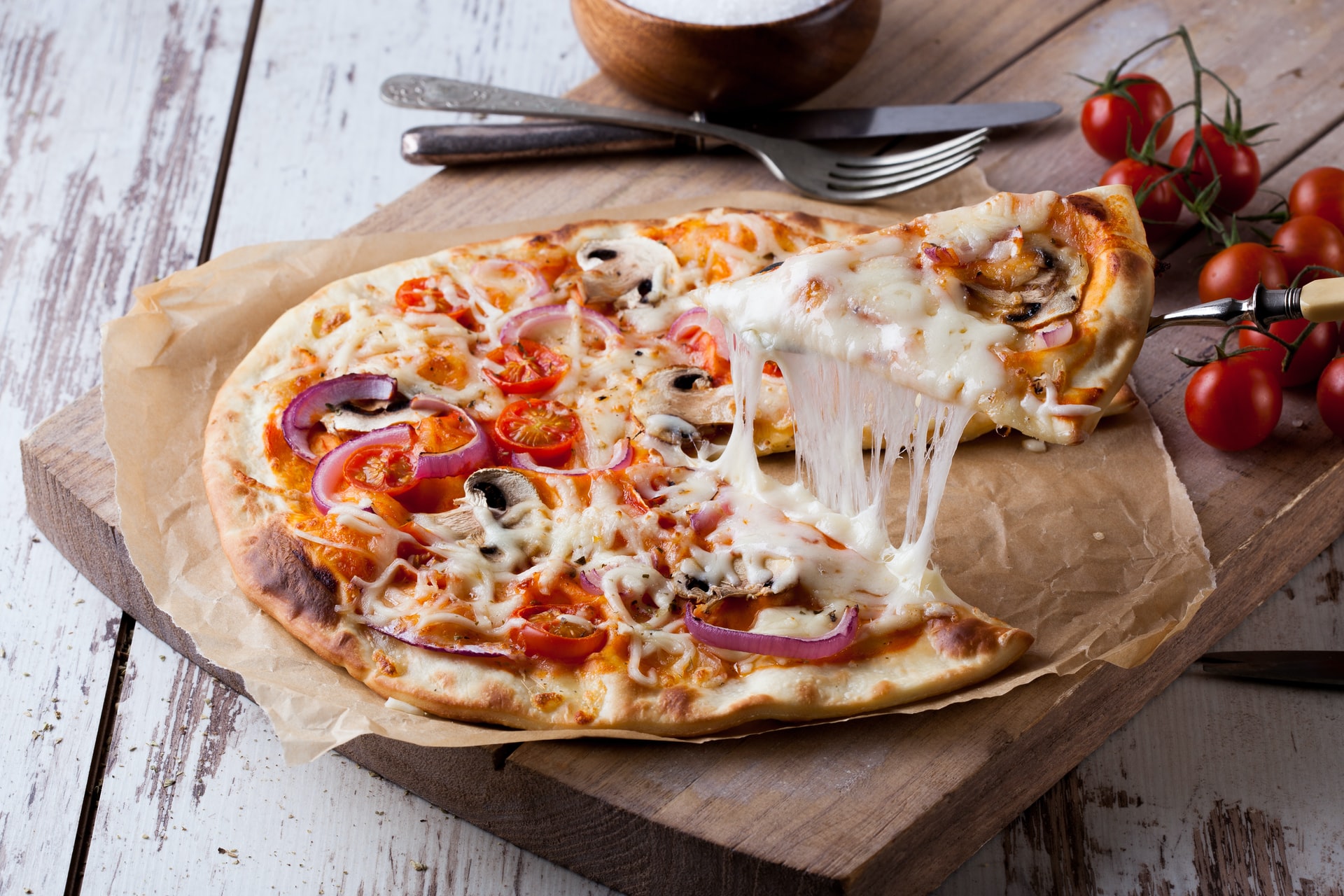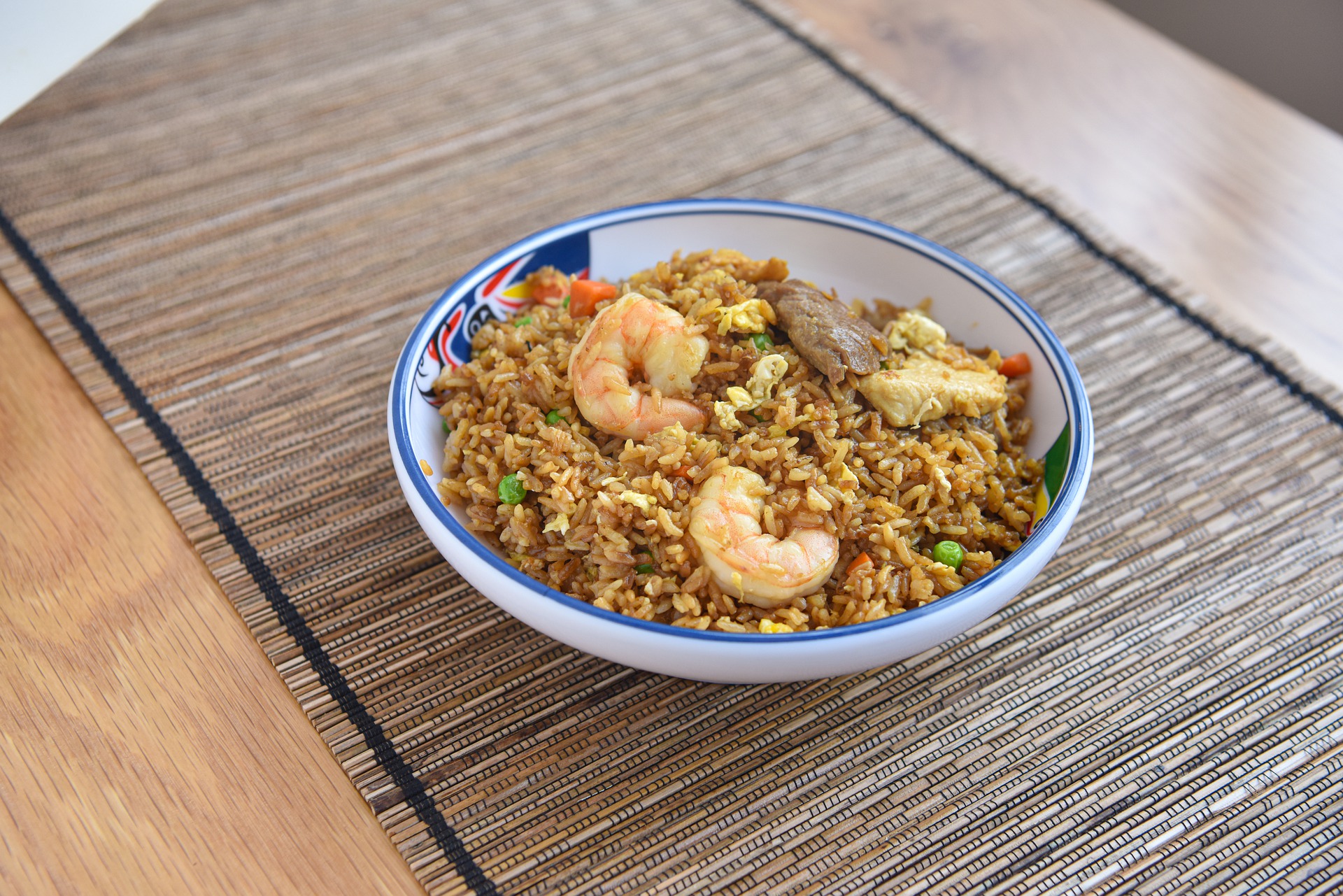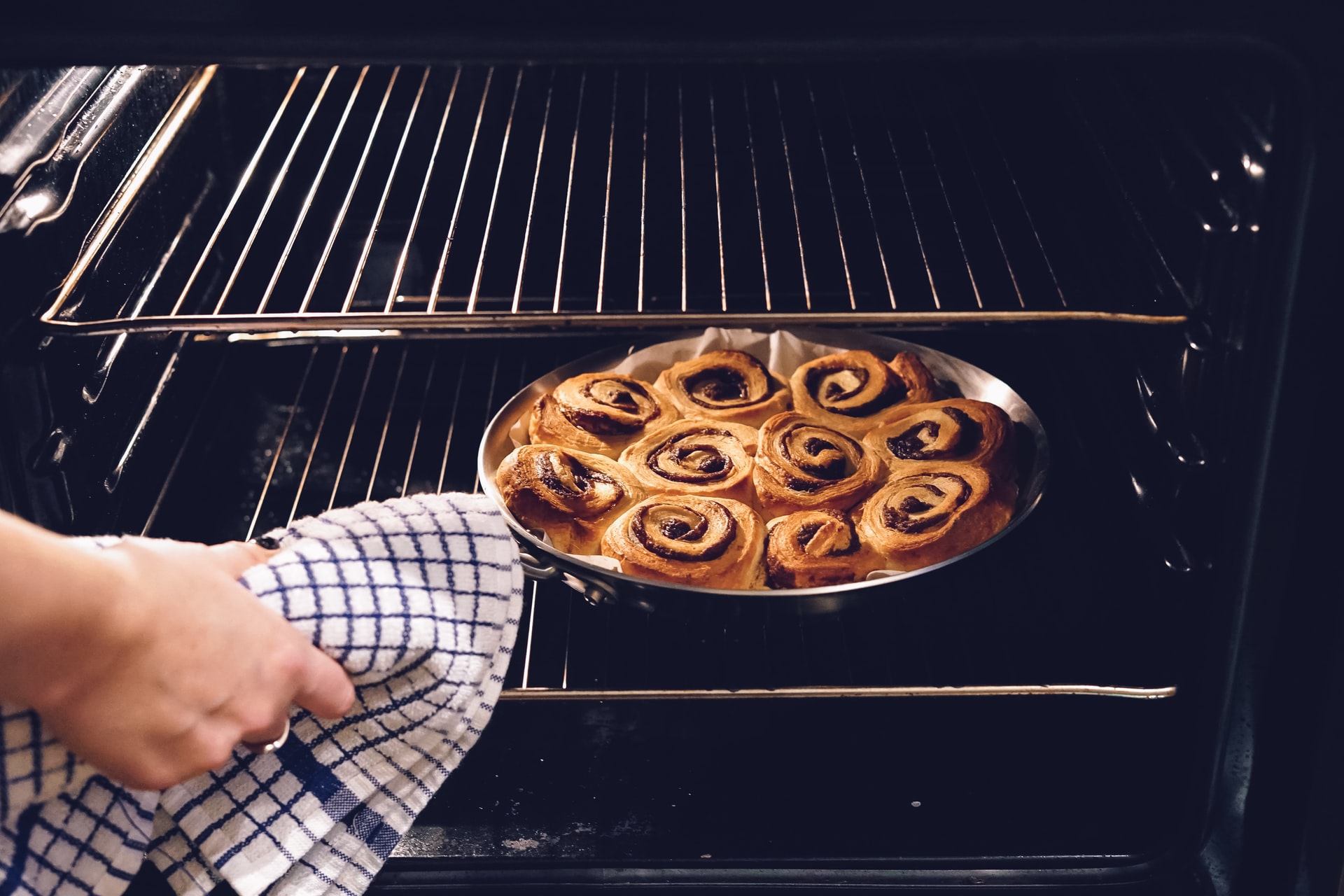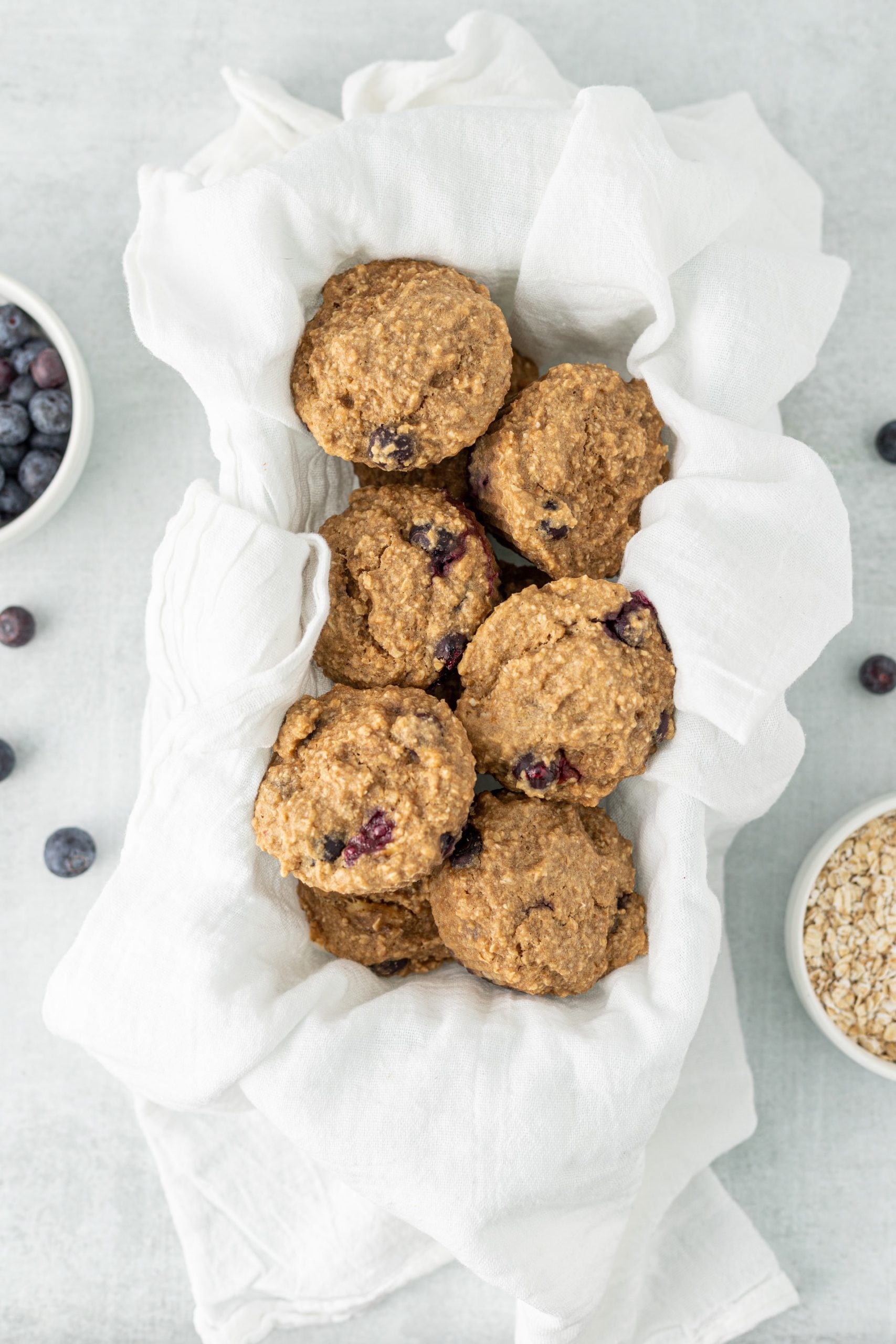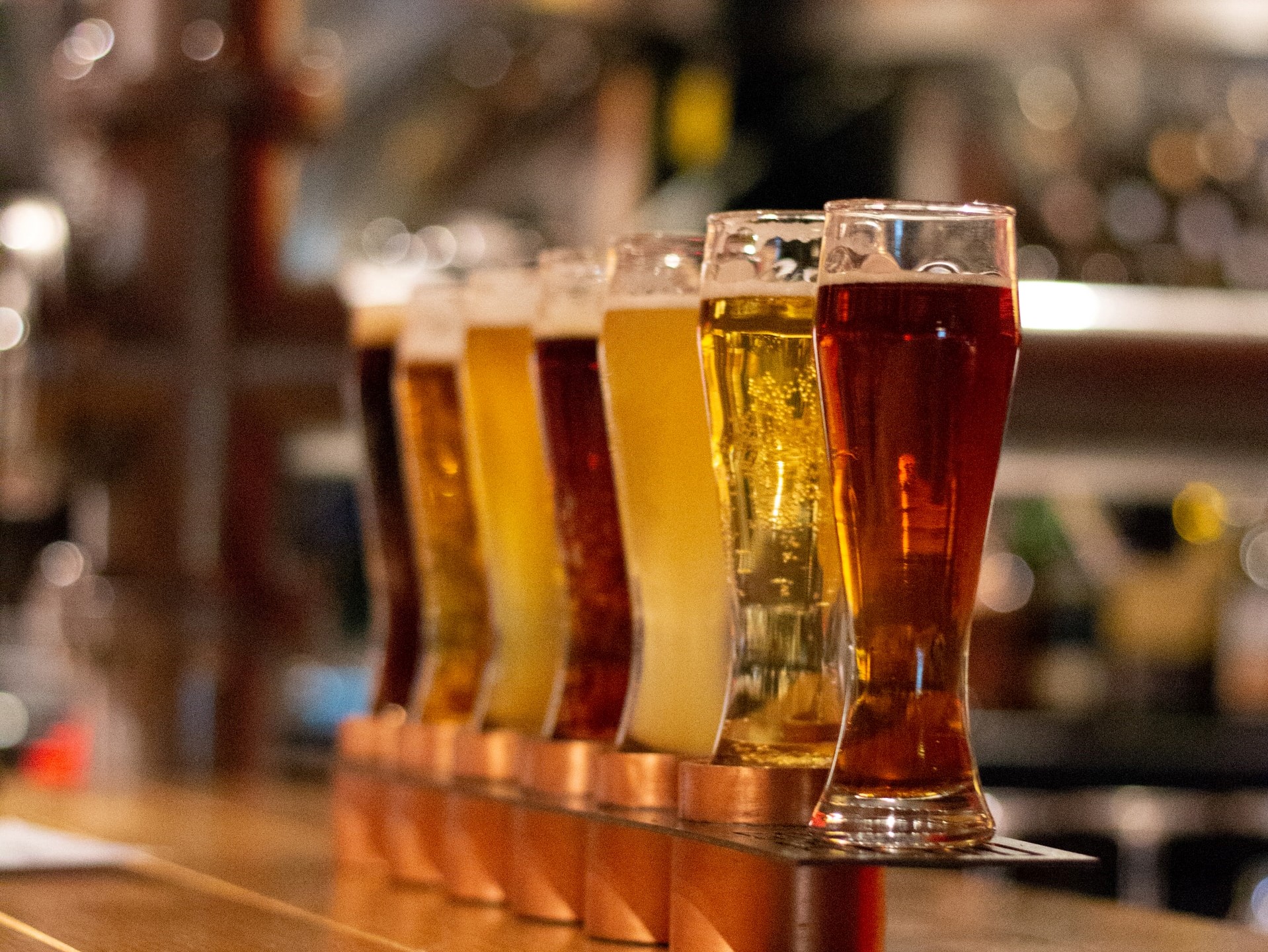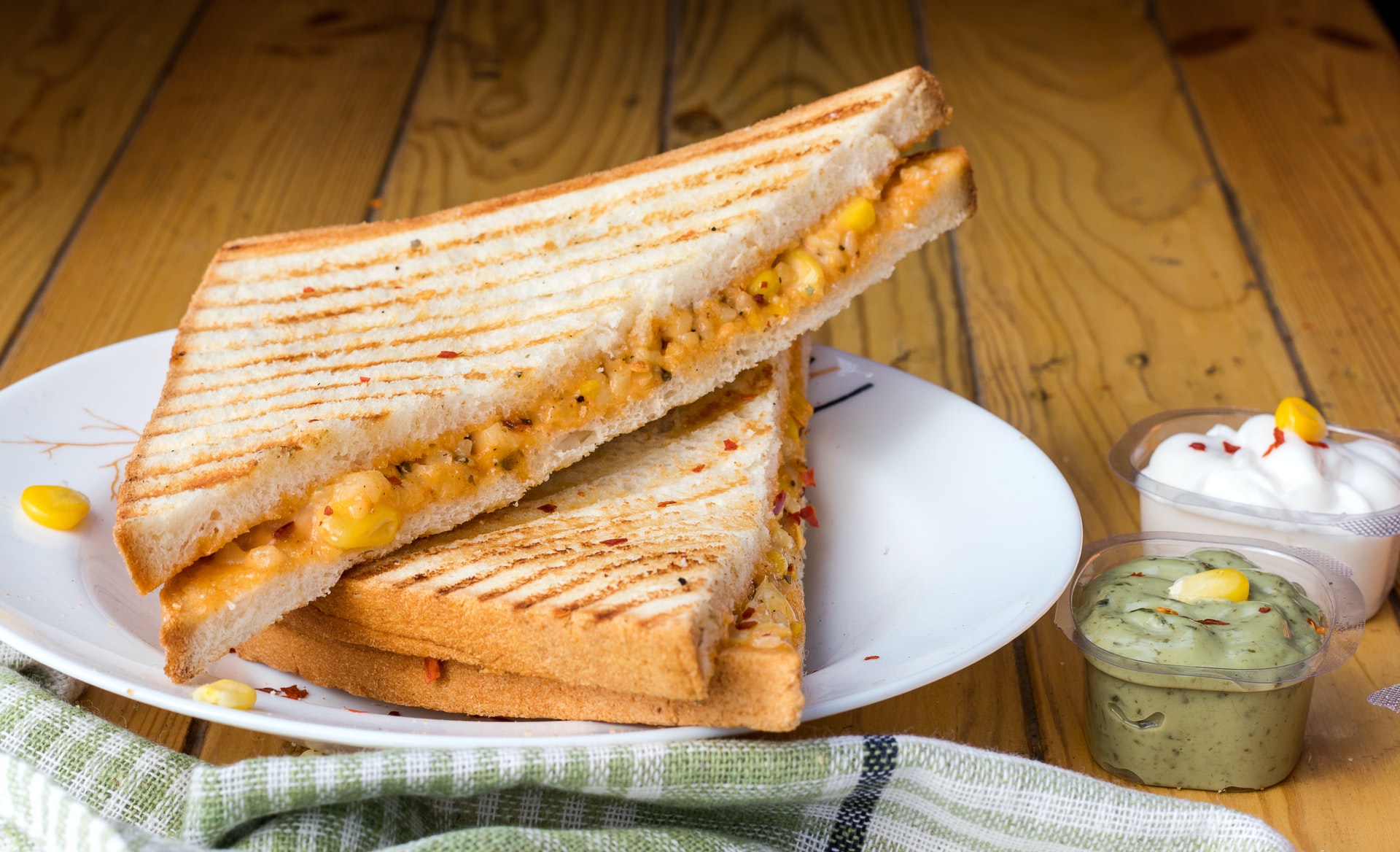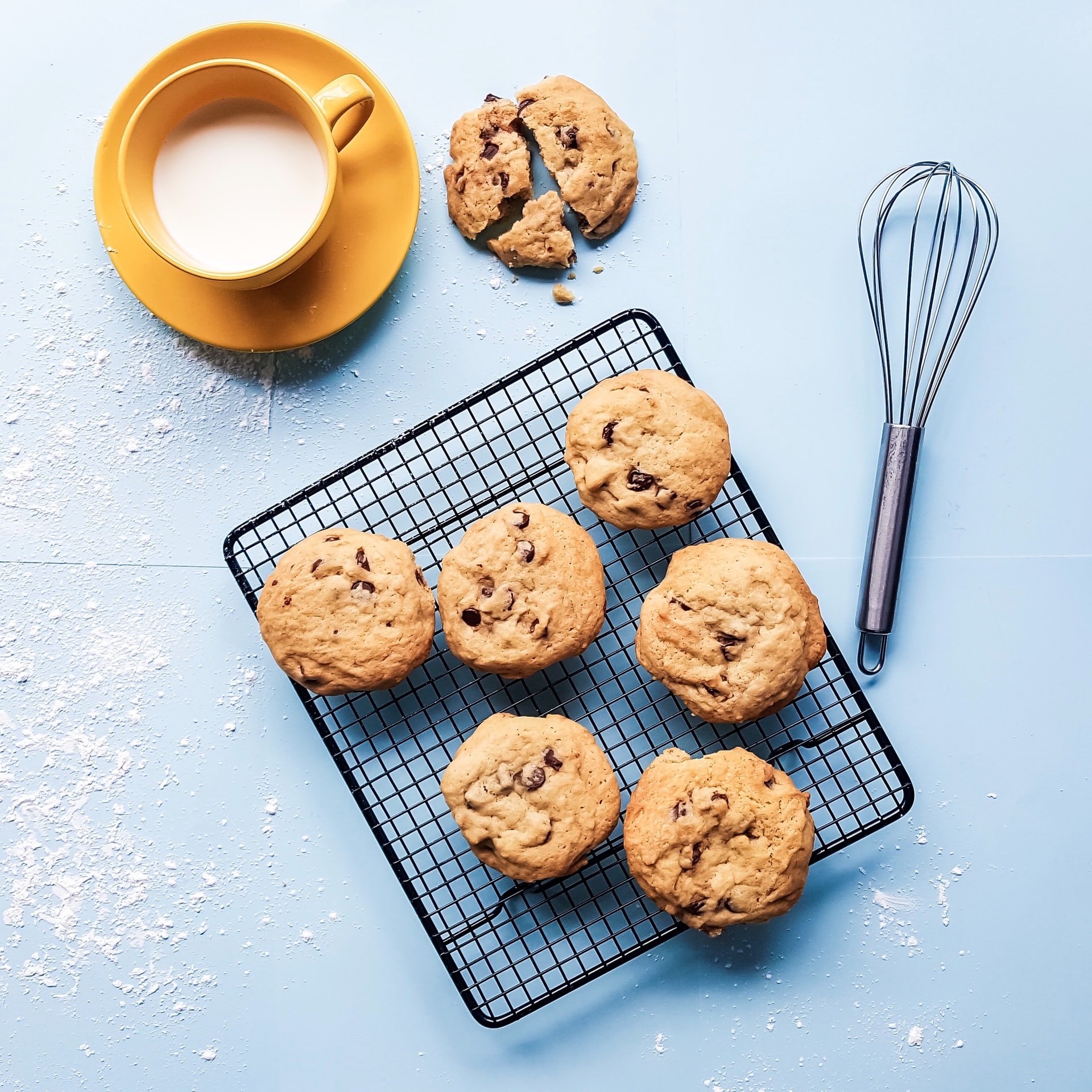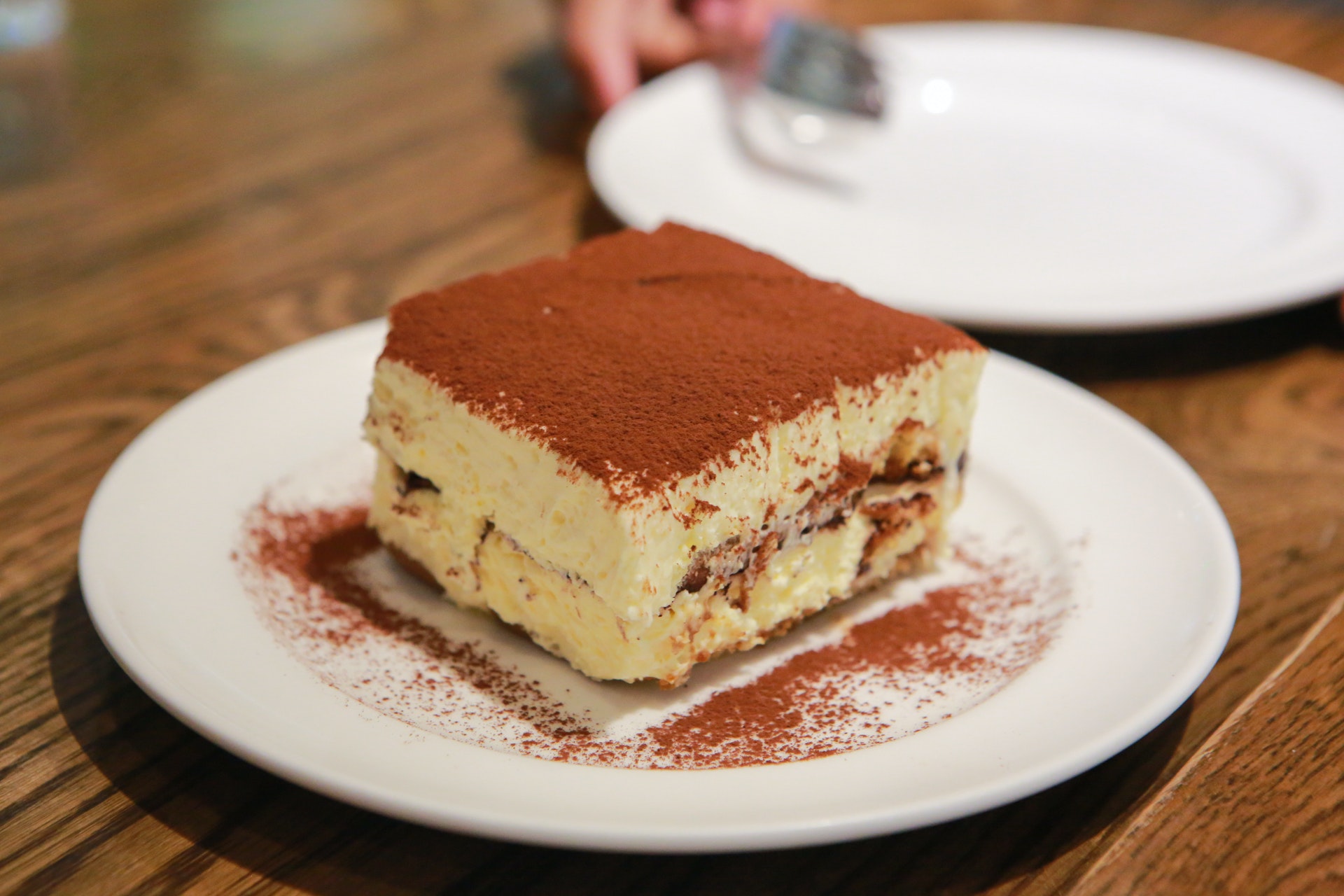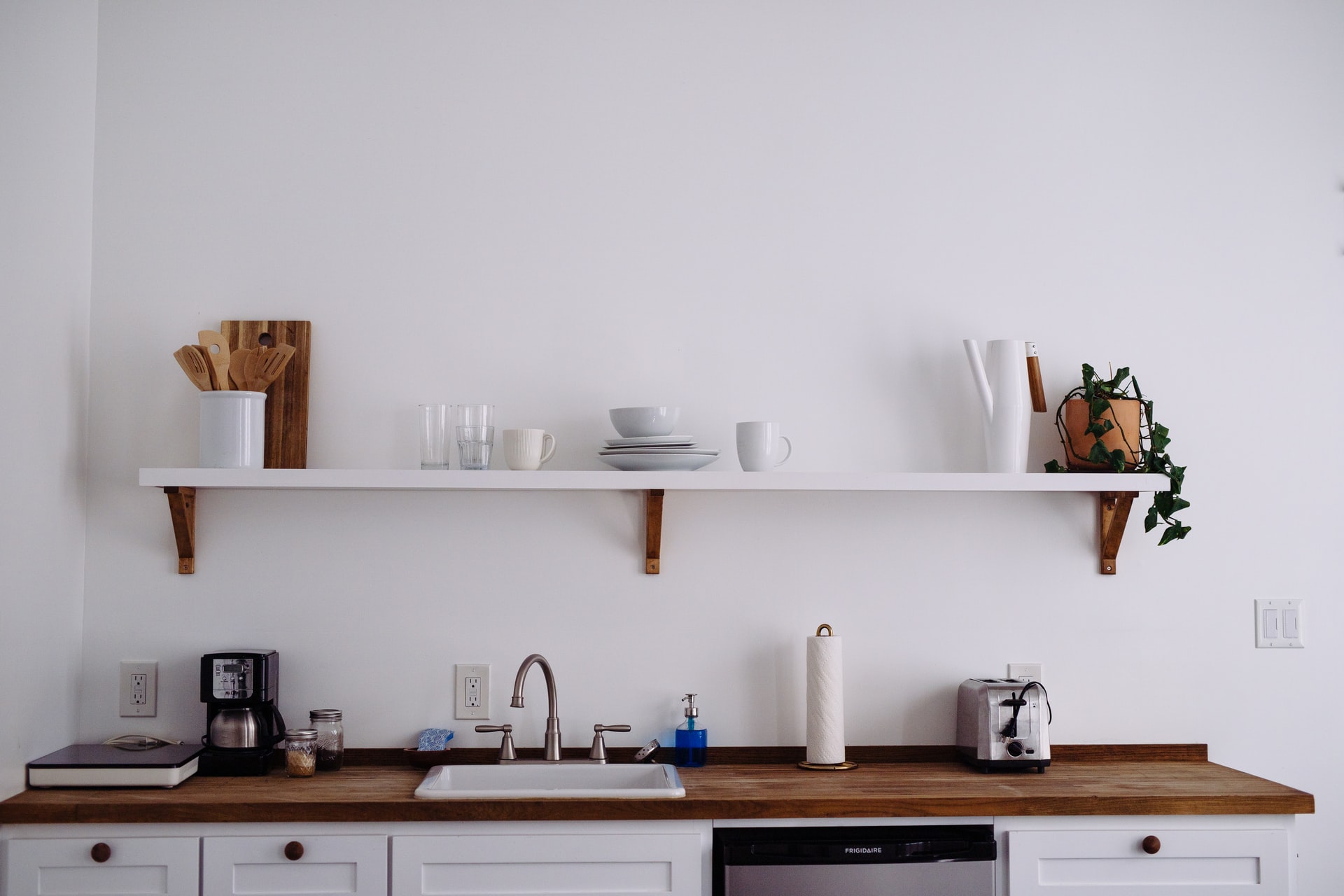Fried rice is the perfect meal when you have any leftover rice in the fridge. The chilled rice works better than fresh rice. You can put anything in fried rice including veggies, beaten egg, and a protein such as shrimp or chicken. A hot pan will help everything fry quickly and prevent any ingredients from sticking. Try to fry everything separately in the same pan to preserve their flavors. Prep time: 15 minsCook time: 15 minsTotal time: 30 minsServings: 4 servings(NOTE: Make sure to use leftover, day old rice. Freshly made rice will make a fried rice mushy.) Ingredients: 8 ounces small raw shrimp, shelled and deveined 1/2 teaspoon kosher salt freshly ground black pepper 1/2 teaspoon cornstarch 3 tablespoons peanut oil, canola oil, or rice bran oil 3 eggs, beaten 2 stalks green onion, minced 4 cups leftover rice, grains separated well 3/4 cup frozen peas and carrots, defrosted 1 tablespoon soy sauce (use gluten-free soy sauce if you are making a gluten-free version), plus more to taste 1 teaspoon dark toasted sesame oil Directions: In a medium bowl, sprinkle the shrimp with salt, pepper, and cornstarch, and toss to coat. Set aside to sit for ten minutes at room temperature. Heat a large sauté pan or wok (a seasoned cast iron pan or hard anodized aluminum works well, they’re relatively stick free and can take the heat) on high heat.When the pan is very hot (a drop of water instantly sizzles when it hits the pan), swirl in one tablespoon of the cooking oil to coat the pan. Add the shrimp to the hot pan, spreading them out quickly in a single layer. Let them fry in the pan without moving them, for 30 seconds.Flip the shrimp over and let them fry on the other side for another 30 seconds or until they are mostly cooked through. (Do not cook them all the way!)Use a slotted spoon to scoop the shrimp out of the pan to a bowl. Return the pan to the burner and lower the heat to medium. Add a little more oil if the pan needs it. Add the beaten eggs and stir them quickly to scramble them while they cook.When the eggs are not quite cooked through, still a bit runny, transfer them from the pan to the bowl with the cooked shrimp. Clean out the pan or wok with paper towels and return it to the burner. Heat the pan on high and when it is hot, swirl in the remaining tablespoon or two of oil. When the oil is shimmering hot (almost smoking), add the green onions and sauté for 15 seconds.Then add the leftover cooked rice to the pan and stir with the green onions to mix well.Spread the rice onion mixture over the surface of the pan and let it fry, without moving it. You should hear the rice sizzle. Cook for about 1 to 2 minutes.Use a spatula to turn over the rice, and spread it over the pan again. Let cook for a minute longer. Sprinkle soy sauce on the rice and stir to combine.Add the carrots, peas, shrimp, eggs, and sesame oil, stirring to combine well.Heat everything until sizzling hot. Add more soy sauce to taste. Source: Simply Recipes

